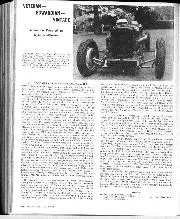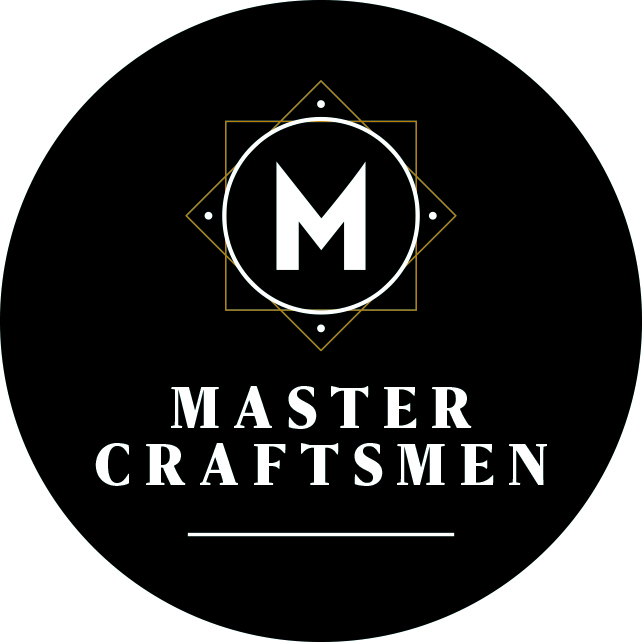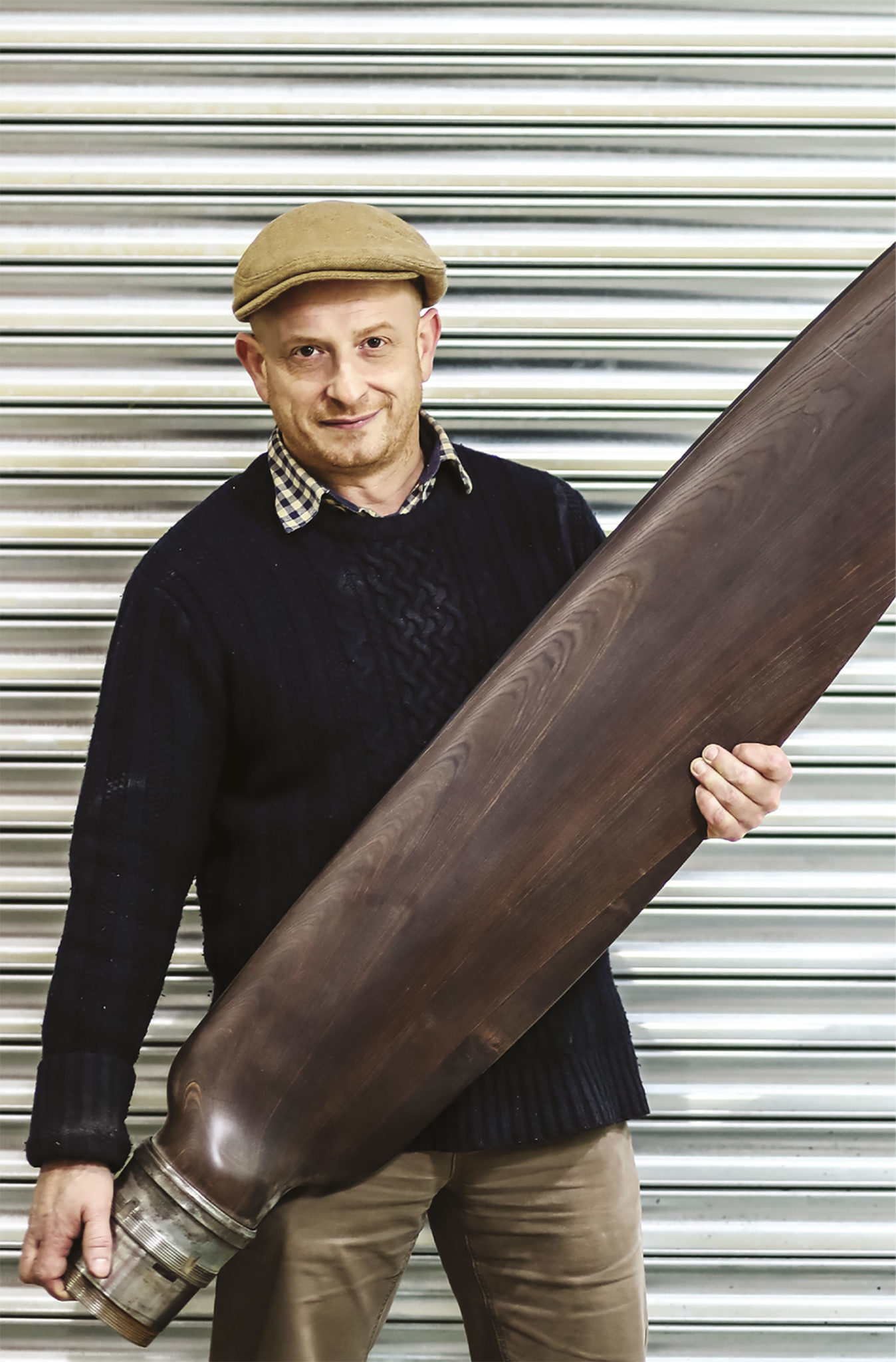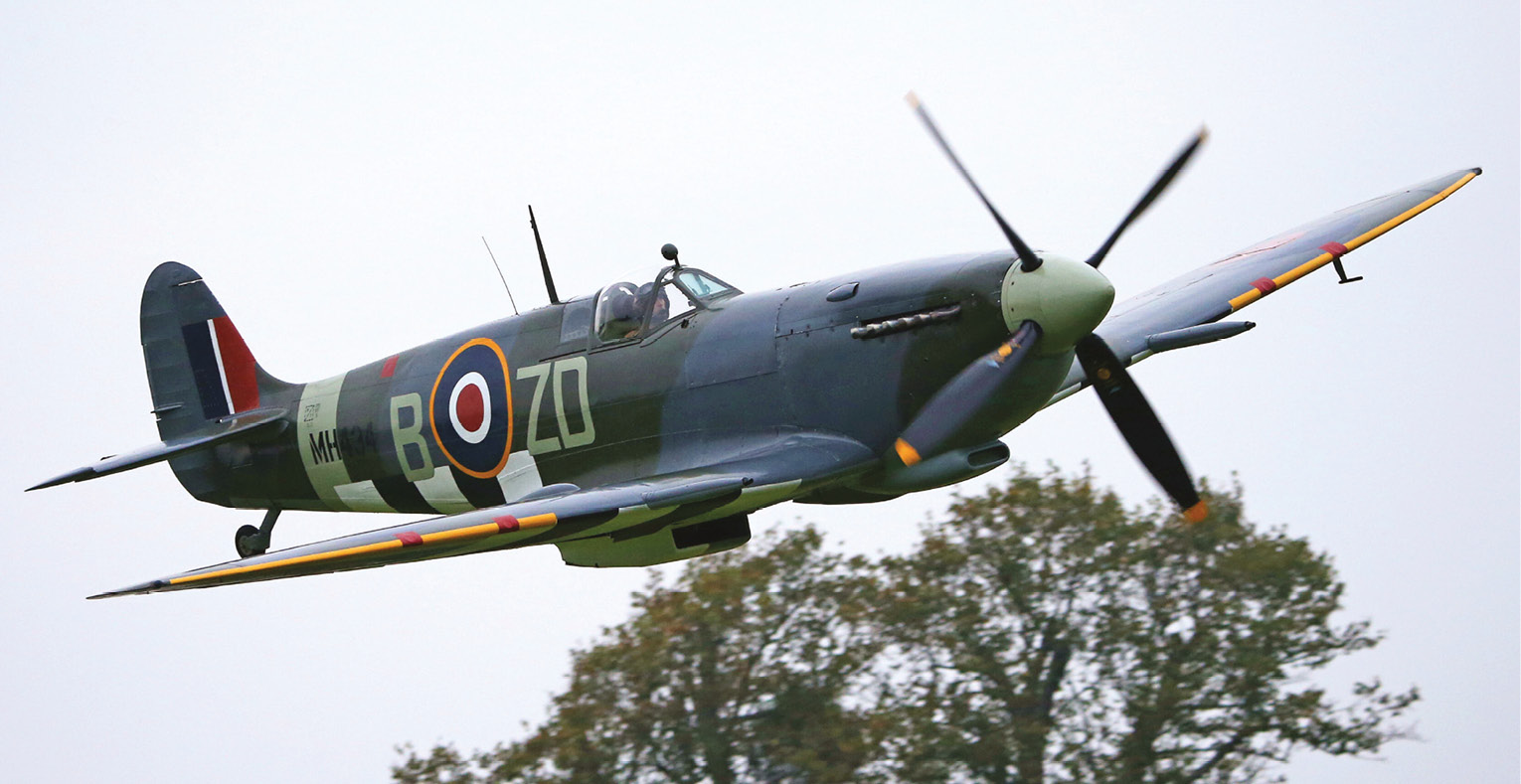
Veteran-Edwardian-vintage, August 1971
A section devoted to old-car matters The VSCC Oulton Park Meeting Held too late for a report to appear in the July Motor Sport, this was far too good a…

In a corner of Gloucestershire 20th-century technology is being harnessed to keep 80-year-old machinery alive, but the only wheels involved are retractable. Here a young company has quickly made a mark in the aviation world, making propellers.
Yes, propellers. I could argue that propellers have occasionally been the motive force for motor cars – in the 1920s Marcel Leyat persuaded a couple of suckers to buy his Helica designs. Or I could plead a return to the 1930s when Motor Sport reviewed aeroplanes. There’s another car link too, but we’ll get to that. Instead let’s revert to the simple proposal that if you like cars you, like us, more than likely admire aeroplanes too and have gawped with the rest of us as Spitfires and Mustangs bank and soar over Goodwood, Bicester or Sywell.
But did you know that all those Spitfires are hauled along by German propellers? Given that the famous plane is such a proud symbol of Britishness, that seems less than appropriate. There has been no homegrown maker since Supermarine’s days who can supply airscrews for the restored airframes taking flight, but in a steep valley near Stroud there’s a man who aims to change that. His name is Rupert Wasey, and we were so impressed by his craft that we decided he fitted right in with the craftsmen we’ve been visiting in these features.
When we arrive at the Canal Iron Works he’s not making airscrews, he’s making snowflakes. Huge ones. Out of plywood. “A friend needed some for a party and our laser cutter is just the job,” he explains in a room crowded with propellers, hanging up or leaning against the walls, from new and shiny to old and battered bearing ‘NOT FOR FLIGHT’ labels. A wiry figure in jumper and flat cap, Rupert is an aviation engineer and aerodynamicist who built his own Flitzer biplane but felt the prop wasn’t right. So he set to learning the science – his office has racks of books on prop design from 1918 on – and developed his own CAD to CNC software. “It means we can make bespoke props, fine-tuned to individual aircraft, cheaper than before,” he explains, hefting a glossy white twin-blader in his arms.
“We input the figures – wingspan, drag, revs, torque etc – and the software does the number-crunching.”
He set up nine years ago, “and we’ve made 738 propellers so far. A lot of small electric ones lately – it’s easy to modify a design to suit each motor.”
“That guy Whittle spoiled things for propeller makers!”
We move from his office, screens on the desk showing digital prop designs, old aircraft pictures on the wall, to the machining room with racks of raw timber. “We use mostly beech and sapele,” Rupert says. “WWI planes used Honduras mahogany which you’re not allowed anymore but I’ve managed to buy a lot of church pews made of it.” They laminate wood veneers on site – and here’s a car link. Laminates meant for Spitfire blades employ super-tough ‘Hydulignum’, developed by an aircraft firm called Hordern-Richmond. That was started by Freddy, Duke of Richmond, grandfather of the present Duke. And today’s Formula 1 cars use similar ‘densified wood’ for their skid planks.

Blanks of the right size go into the machine behind us, a cross between a CNC miller and a lathe. “My dad and I designed and built that,” says Rupert. On this, CNC programmer Zeb turns CAD data into a basic propeller. In the well of the device a cutter chunters back and forth shaving away wood in strips to create a rough stepped form. Next, a strip of very tough ‘Hercuthane’ (they claim it’s bulletproof, and they tested it – with real bullets) is glued in to form the leading edges before the cutter goes over the whole piece again producing the final smooth shape. After this it’s back to hand work.
“It’s half technology and half old-fashioned skills,” Rupert says as we get to the finishing shop. Once George has done post-machining sanding it’s Darren’s turn. He holds up a small two-bladed propeller, checking the surface by eye and touch before applying coat after coat of lacquer. It also goes to a beam balance where its balance is checked in four axes. “Dad and I made that too!” says Rupert brightly, leaning on his Royal Enfield 500 dirt-tracker.
Hercules also refurbishes props – even rain and insects gradually etch away the surface – and replicates them for historic aircraft, transferring dimensions from a damaged one into the CAD system. They can shape and fit brass and copper leading edges for older aircraft, and they have a gallery of one-off specials including designing and making the unique contra-rotating units for the replica Bugatti aeroplane.

But back to the big one. Rupert takes us to a machining room where a hefty metal object like a diver’s helmet sits on a bench. It’s the variable-pitch hub for a Spitfire prop; maintenance and refurb is Rupert’s next goal on the way to fabricating the whole thing. He’s had a valuable bit of luck: “The firm who took over Hordern-Richmond emptied some drawers and found propeller drawings. They Googled prop makers, found we were nearby and brought them over. Turned out to be the original ink master drawings for the Mk7 Spitfire prop.” He unrolls some of these, pencil notes visible over the careful inking. “And Dowty-Rotol [makers of Spitfire and Hurricane props in WWII] have good archives and are very helpful. The originals were built in Gloucestershire so it’s pleasing if we can continue that.”
Could his software improve on 1940s knowledge? “Perhaps, but they’ll still be made exactly to original pattern. Spitfire owners want authenticity.”
Original Spitfire blades, almost the height of a man, rest on the bench with measurements all over them. Remarkably they were screwed into place, inner ends the size of buckets bearing a deep spiral groove machined into the wood. Now Rupert is analysing the shape, material and covering – and he’s also recycling old and damaged Spit blades. He’s begun making pens from them, complete with machined wooden case and marketed under that Hordern-Richmond name. “I asked the Duke – he’s quite happy.”
Hercules does also make complete flying aircraft – about 9in long. Laser-cut from thin plywood, they’re glider kits of Spits, and surprisingly Swift and Hunter jets, despite Rupert’s comment “That guy Whittle spoiled things for propeller makers…”
One last thing: why is it called Canal Works? “See that footpath?,” says Rupert pointing outside. “That was the canal. And they used to make iron boats here. If they reopen the canal, I fancy
making one.”
I wouldn’t put it past him.
Name Hercules Propellers Ltd
Specialisation Aircraft propellers
Established 2010
Number of employees 5
Premises Stroud
www.hercprops.com. www.hordernrichmond.com